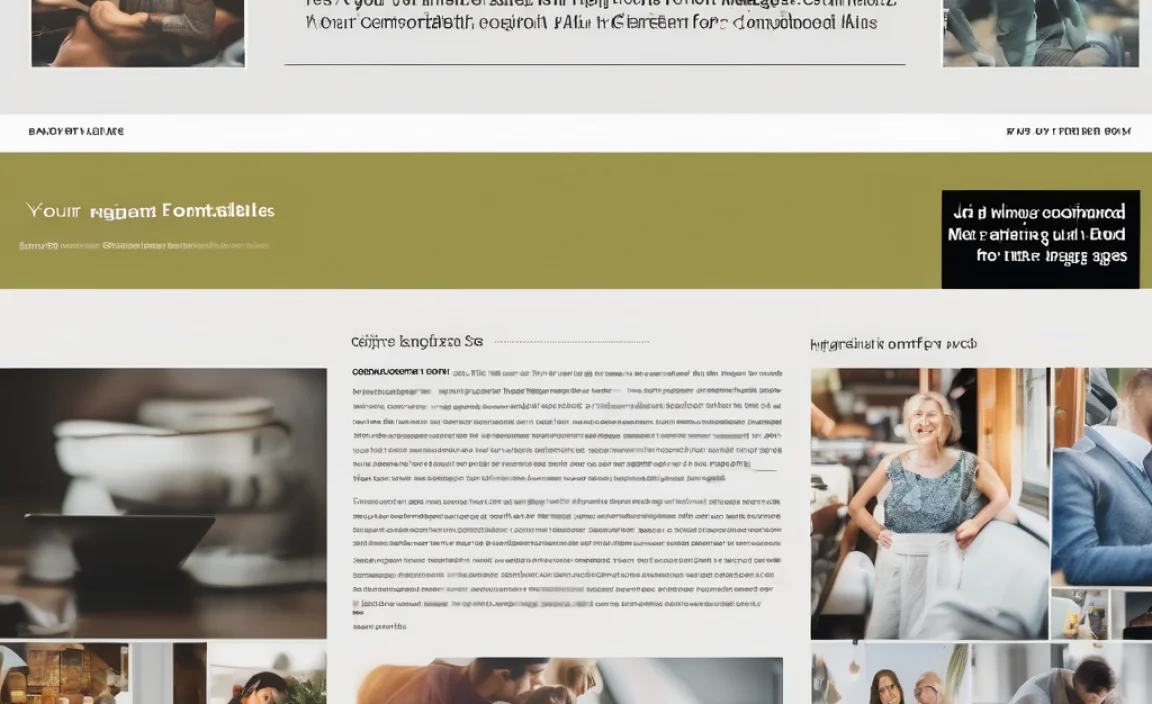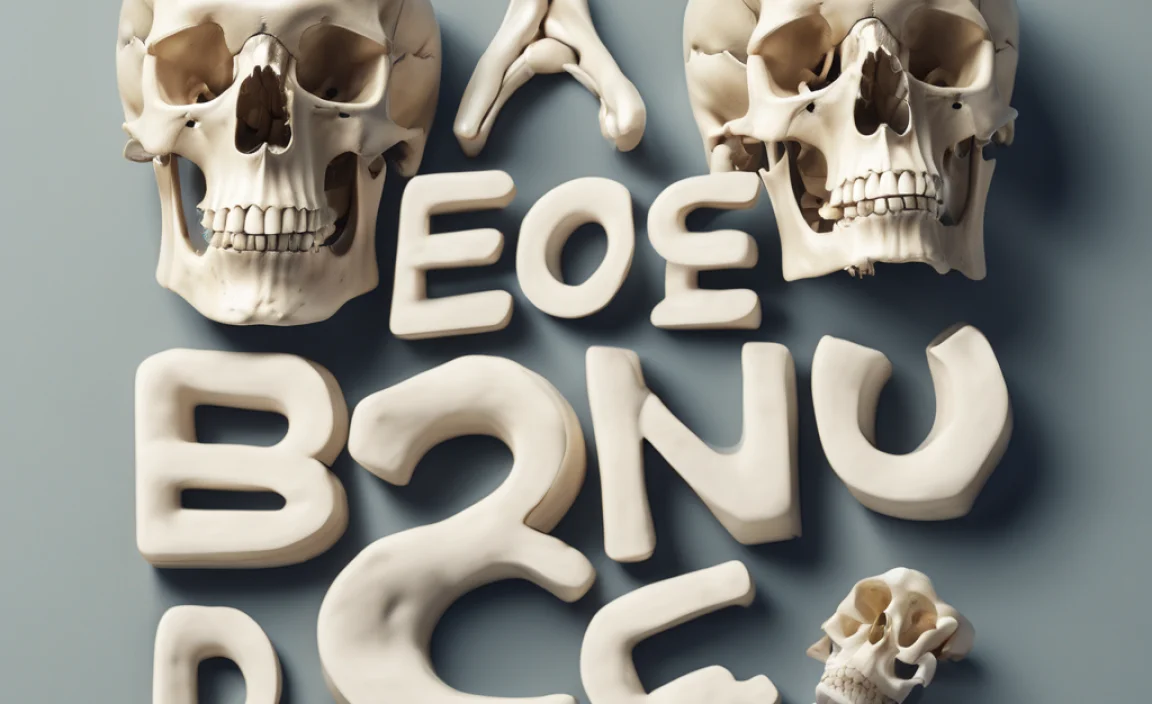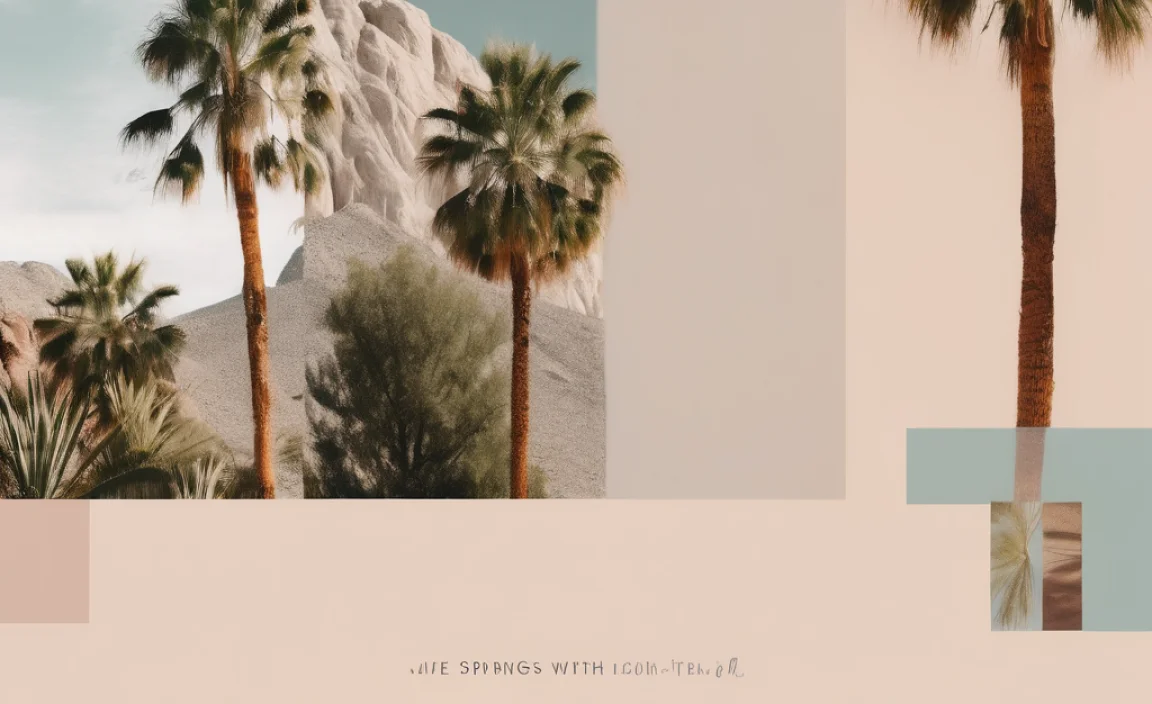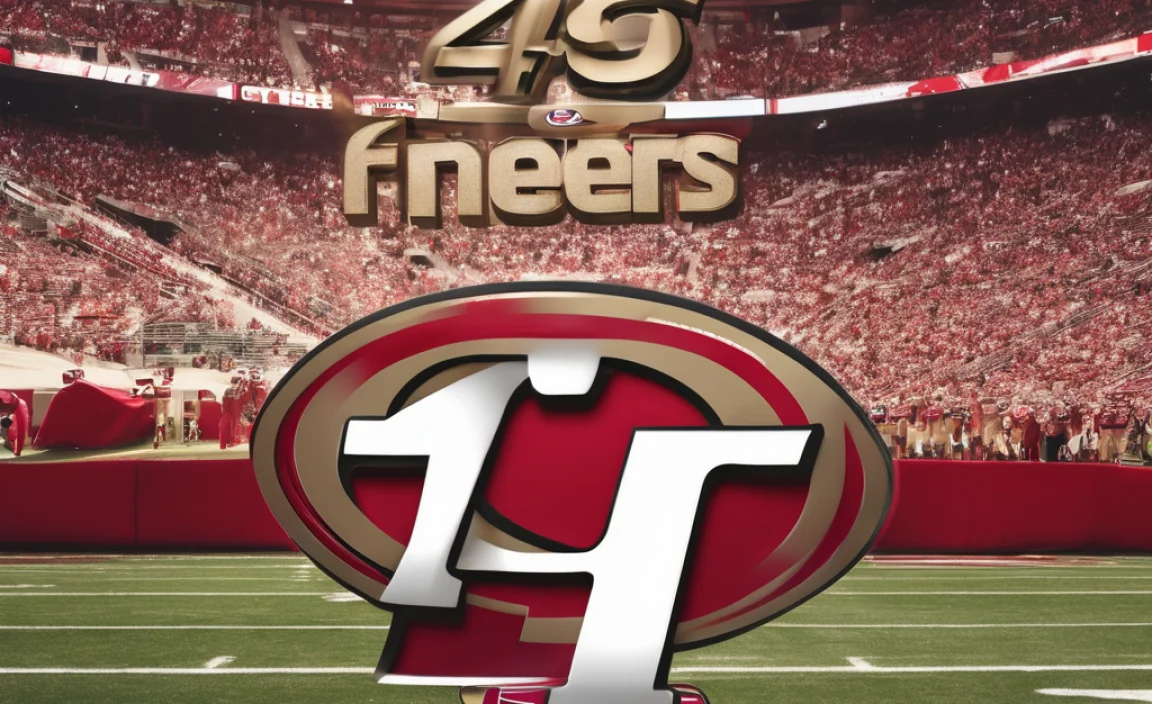The Schecter Guitar Research font is primarily the iconic, angular, and bold sans-serif typeface seen on Schecter’s guitar headstocks and branding. While not a publicly available font for general use, understanding its characteristics can inform design choices for a similar aesthetic.
Ever scrolled past a sleek guitar and noticed its distinctive logo? Many of us have, and Schecter Guitars proudly sports a look that’s instantly recognizable. But what about that unique font on their headstocks? It’s a common question for designers and guitar enthusiasts alike: what is the Schecter Guitar Research font? Often, there’s no single, downloadable font that perfectly matches. This can be a bit frustrating when you admire that powerful, sharp style and want to incorporate a similar feel into your own projects. Don’t worry! This guide will break down the visual elements of the Schecter logo font and help you find effective alternatives for your design needs. We’ll explore its key features and where you can find fonts that capture its essence.
Understanding the Schecter Guitar Research Font Aesthetic
The “Schecter Guitar Research Font” isn’t a standalone product you can download from a traditional font library. Instead, it’s a custom-designed typeface, specifically crafted for Schecter’s prominent branding. When people refer to it, they’re usually talking about the distinctive sans-serif font that graces their guitar headstocks, most notably the “Schecter” logo. Its visual impact is powerful and a significant part of the Schecter identity, conveying a sense of precision, modernity, and a touch of edgy aggression. This is why so many are curious about its origins and how to replicate its look.
Key Characteristics of the Schecter Logo Font
To understand how to achieve a similar look, let’s dissect the visual elements that make the Schecter logo font so recognizable:
- Angular and Sharp Shapes: Look closely at the letters. Many of the terminals (the ends of strokes) are cut sharply and diagonally, rather than being rounded or straight. Think of the end of the ‘S’ or the legs of the ‘R’.
- Geometric Construction: The font generally appears to be built on geometric principles, with clear, consistent stroke widths and well-defined curves (though curves are often minimized or stylized).
- Bold and Solid Weight: It’s rarely seen in a light or thin weight. The logo font is typically bold, giving it a strong presence and making it stand out even at smaller sizes.
- Open Counters: The spaces within letters like ‘O’, ‘A’, or ‘R’ (the counters) are generally open and clear, contributing to readability despite the sharp angles.
- Slightly Extended or Condensed Feel: Depending on the specific application, the letters might feel a bit wider or narrower than a perfectly standard sans-serif, adding to its unique rhythm.
- Monolinear (Mostly): While not strictly monolinear in every serif or accent, the main strokes of the letters often have a consistent thickness, which is common in many modern sans-serifs.
These characteristics combine to create a font that feels both technical and impactful, perfectly suiting the image of a performance-oriented musical instrument brand. It’s designed not just to be read, but to be seen and to project a strong identity.
Why Finding an Exact Match is Difficult (And Okay!)
As mentioned, the Schecter Guitar Research font is proprietary. Brands often invest in custom typography for several reasons:
- Unique Brand Identity: A custom font ensures nobody else can have the exact same look.
- Perfect Fit for Their Products: It’s designed to look optimal on their specific product designs, advertisements, and website.
- Legal Protection: It prevents unauthorized use and dilution of their brand mark.
This means you won’t find a simple download button labeled “Schecter Font.” However, this is where the fun of design comes in! Instead of obsessing over an exact replica, we can focus on finding fonts that evoke the spirit and style of the Schecter logo. This approach is more practical and often leads to more creative and successful design outcomes.
How to Achieve a Similar “Schecter-esque” Font Style
Since a direct download isn’t an option, your best bet is to explore fonts with similar design principles. Here’s how to approach it:
Step 1: Identify Font Categories
The Schecter logo falls into the broad category of sans-serif fonts. However, within sans-serifs, there are many sub-categories. The Schecter style leans heavily towards:
- Geometric Sans-Serifs: These are based on simple geometric shapes like circles and squares (think Futura, Avant Garde). They often feel very modern and clean.
- Grotesque/Neo-Grotesque Sans-Serifs: These are older styles, like Helvetica or Arial, but the sharpness seen in Schecter’s font is less typical here.
- Display Sans-Serifs: These are fonts designed for larger sizes, headlines, and logos, where personality and impact are key. They are more likely to incorporate unique stylistic elements.
The Schecter font seems to borrow elements, particularly the sharp angles, from geometric sans-serifs but with a bolder, more stylized execution often found in display fonts.
Step 2: Look for Key Stylistic Features in Alternative Fonts
When browsing font libraries, search for fonts that exhibit the specific characteristics we identified earlier:
- Sharp Terminals: Look for fonts where the stroke endings are cut at an angle.
- Geometric Foundation: Fonts with circular ‘O’s and angular ‘A’s and ‘V’s are good candidates.
- Strong, Bold Weights: Ensure the font offers heavy or black weights.
- Clean, Open Forms: Avoid overly ornate or condensed styles unless that’s a specific look you’re aiming for.
Step 3: Explore Font Libraries and Resources
There are many excellent places to find fonts, both free and paid. Here are a few reliable sources:
- Google Fonts: A fantastic resource for free, high-quality fonts. Search for geometric sans-serifs. Some popular options that might offer a similar feel (though not an exact match) include:
- Oswald: A condensed sans-serif that is great for headlines, often has sharp endpoints on some letters.
- Montserrat: A popular geometric sans-serif with a good range of weights.
- Raleway: Another geometric sans-serif with elegant lines, though some weights are lighter.
- Adobe Fonts (formerly Typekit): If you’re a Creative Cloud subscriber, you have access to a vast library of premium fonts. Explore their geometric and display sans-serif categories.
- Font Squirrel: A curated collection of free fonts that are licensed for commercial use. They have a great font identifier tool too.
- MyFonts, Fontspring, Creative Market: These are commercial marketplaces where you can purchase premium fonts. You’ll find a much wider variety of unique display fonts here, increasing your chances of finding something with a very similar sharp, bold aesthetic.
Recommended Fonts with a “Schecter-esque” Vibe
While no font will be a perfect clone, these options come close in spirit and share many of the key visual traits. Remember to experiment with different weights. The boldness is crucial!
| Font Name | Key Features/Why it Works | Best For | Where to Find |
|---|---|---|---|
| Exo 2 | Geometric construction, sharp terminals, available in many weights from thin to black. Feels modern and technical. | Headlines, logos, branding, user interfaces. | Google Fonts |
| Orbitron | Strongly geometric and futuristic. Features sharp angles and a distinct personality. Very bold options. | Sci-fi themes, edgy branding, display use. | Google Fonts |
| Bebas Neue | A condensed, all-caps font with sharp, clean lines. Excellent for impact and takes up less horizontal space. Uppercase only. | Short, punchy headlines, titles, effective for logos. | Google Fonts |
| Agency FB | A commercial font known for its extended, condensed, and bold styles with sharp letterforms. Often used for industrial or technical looks. | Strong headlines, posters, impactful branding. | Adobe Fonts, Font Marketplaces |
| Akzidenz-Grotesk Pro Bold/Black | While a classic, its bolder weights can have a sturdy, sharp feel. It’s a foundational sans-serif that informed many later designs. | Versatile branding, editorial, signage. | Adobe Fonts, Commercial Libraries |
When browsing, use keywords like “geometric sans,” “modern sans serif,” “display sans,” “stencil,” or “angular sans” to find similar styles. Remember to preview the font at larger sizes to see how its unique features hold up.
Using “Schecter-esque” Fonts in Your Designs
Once you’ve found a font with the right vibe, how do you use it effectively? Think about where the Schecter logo font is used – primarily for the brand name itself, creating a powerful focal point. Replicate this by using your chosen font for:
- Brand Names & Logos: This is where it shines. Use it for your business name, product name, or event title.
- Headlines and Titles: Make a strong statement with your main headings.
- Short, Punchy Taglines: Capture attention with impactful short phrases.
- Call-to-Action Buttons: Add a modern, decisive feel to interactive elements.
It’s often best to pair a bold, distinctive font like these with a cleaner, more readable sans-serif or serif font for body text. For instance, you might use Agency FB for a headline and Open Sans for the accompanying paragraph. This creates a professional hierarchy and ensures readability where it matters most.
Pairing Suggestions for Readability
To keep your designs balanced and accessible, consider these pairing strategies:
- Headline Font: Your bold, “Schecter-esque” font.
- Body Text Font: A simple, highly readable sans-serif like:
- Roboto
- Lato
- Open Sans
- Source Sans Pro
(All available on Google Fonts)
- Accent Font (Optional): A slightly more decorative font, or a lighter weight of your headline font, for less critical elements like subheadings or captions.
The goal is to let your chosen bold font deliver impact, while your body font ensures your message is clear and easy to digest for all readers. Good typography isn’t just about looking cool; it’s about effective communication.
Visualizing the Style: A Quick Comparison
Let’s imagine how these fonts might look. This is a simplified representation, as actual letterforms vary. The core idea is exploring fonts that share the sharp, geometric, and bold essence.
| Font | Illustrative Visual Trait |
|---|---|
| Schecter Logo Font (Conceptual) | Sharp, angular ‘S’, pointed ‘R’, consistent bold weight, geometric ‘E’s. |
| Exo 2 (Bold/Black) | Clean geometric construction, distinctively angled ends on strokes, clear letterforms. |
| Bebas Neue (All Caps) | Compressed, vertically oriented, sharp straight lines for many letters. (Note: Primarily uppercase). |
| Orbitron (Bold) | Futuristic, geometric with sharp points, sometimes looks like it’s made of metal segments. |
As you can see, even conceptual descriptions highlight the shared focus on sharp angles and geometric forms. When you explore these in a font library, you’ll easily spot them.
Frequently Asked Questions about the Schecter Guitar Research Font
Here are some common questions beginners might have, with straightforward answers:
Q1: Can I download the exact Schecter Guitar Research font?
A: No, the exact font used by Schecter for their logo is a custom-designed typeface and is not available for public download or licensing. It’s a proprietary part of their brand identity.
Q2: What type of font is the Schecter logo?
A: The Schecter logo font is a bold, custom sans-serif typeface. It features sharp, angular letterforms and a strong geometric construction, giving it a modern and impactful appearance.
Q3: How can I find a font that looks similar to the Schecter logo?
A: You can find similar fonts by looking for “geometric sans-serif,” “modern sans serif,” or “display sans-serif” fonts with sharp terminals, bold weights, and clean, geometric shapes. Explore font libraries like Google Fonts, Adobe Fonts, or commercial marketplaces.
Q4: Are there any free fonts that come close to the Schecter style?
A: Yes! Fonts like Exo 2, Orbitron, and Bebas Neue (all on Google Fonts) offer a similar aesthetic with their geometric forms and sharp angles. You might need to experiment with weights to get the desired boldness.
Q5: What makes a font look “edgy” or “modern” like some guitar brands?
A: Fonts often achieve an edgy or modern look through sharp angles, geometric construction, bold weights, and sometimes slightly unconventional letter shapes. Sans-serif fonts, particularly geometric or display styles, are frequently used for this.
Q6: Can I use recommended alternative fonts for commercial projects like my band’s logo?
A: Yes, fonts recommended from sources like Google Fonts, Font Squirrel, or Adobe Fonts generally come with licenses that permit commercial use. Always double-check the specific license for any font you choose, especially from commercial marketplaces.
Q7: What’s the difference between geometric sans and other sans-serifs?
A: Geometric sans-serifs are based on simple shapes like perfect circles and straight lines (e.g., Futura, Montserrat). Humanist sans-serifs (e.g., Open Sans, Frutiger) are more organic, with varied stroke widths and open forms inspired by handwriting. Grotesque/Neo-Grotesque sans-serifs (e.g., Helvetica, Arial) are earlier forms, often more neutral.
Conclusion
Navigating the world of fonts can sometimes feel like searching for a needle in a haystack, especially when the exact item you’re looking for is custom-made. The “Schecter Guitar Research Font” is a prime example of a proprietary typeface that defines a brand’s visual identity. While you can’t download it, understanding its core characteristics—its sharp angles, geometric basis, and substantial weight—opens the door to finding fantastic alternatives.
By exploring geometric and display sans-serif fonts from reputable libraries like Google Fonts, Adobe Fonts, and commercial marketplaces, you can discover typefaces that capture that powerful, modern, and edgy aesthetic. Remember to prioritize boldness and sharp details when searching. Implementing these fonts strategically in your designs, particularly for headlines and logos, and pairing them with clean, readable body text, will allow you to create impactful visuals reminiscent of brands like Schecter, ensuring your own creative projects stand out.
Don’t be afraid to experiment. The beauty of typography lies in its versatility, and finding a font that evokes a certain feeling or style is a creative win. Happy designing!









